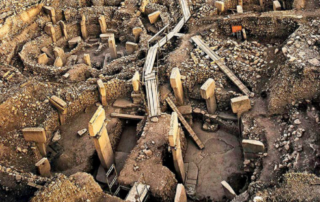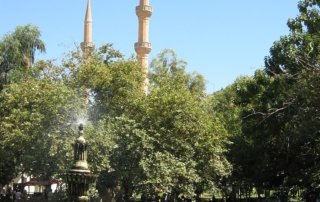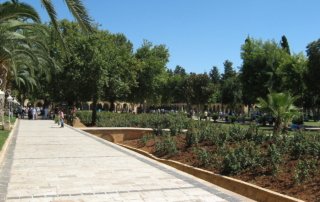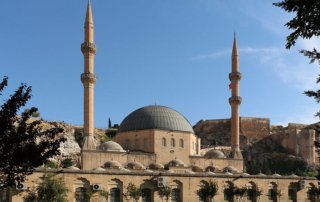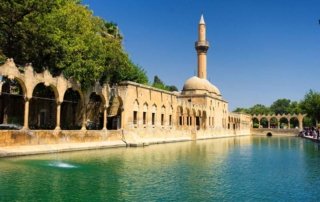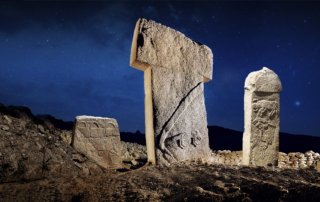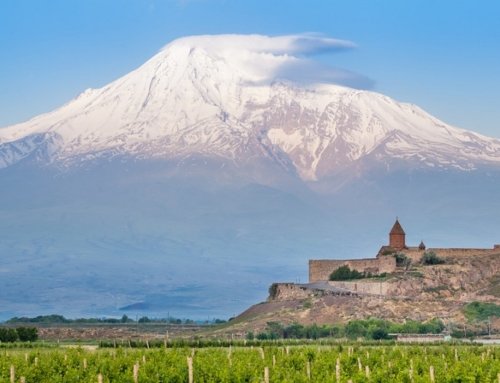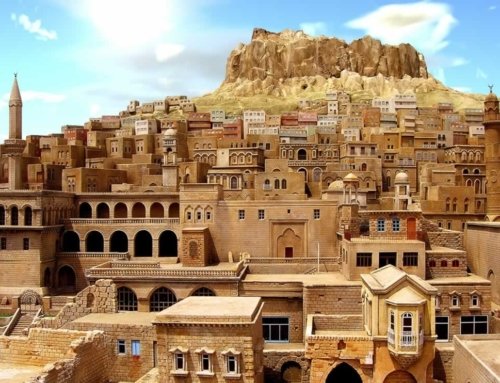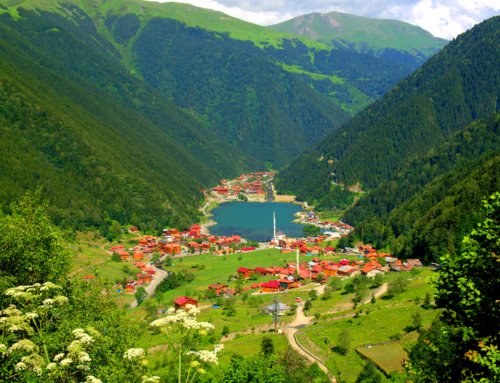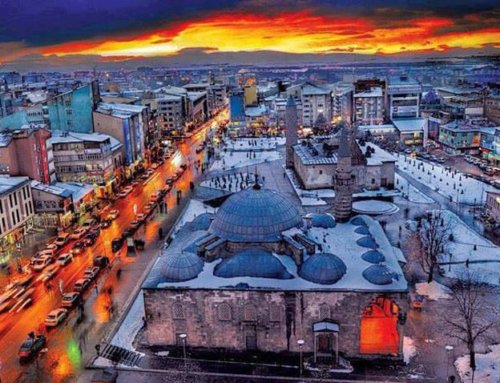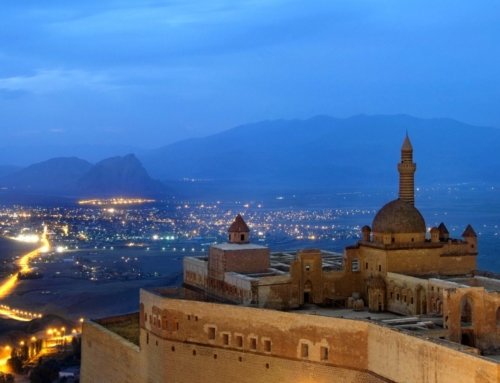Project Description
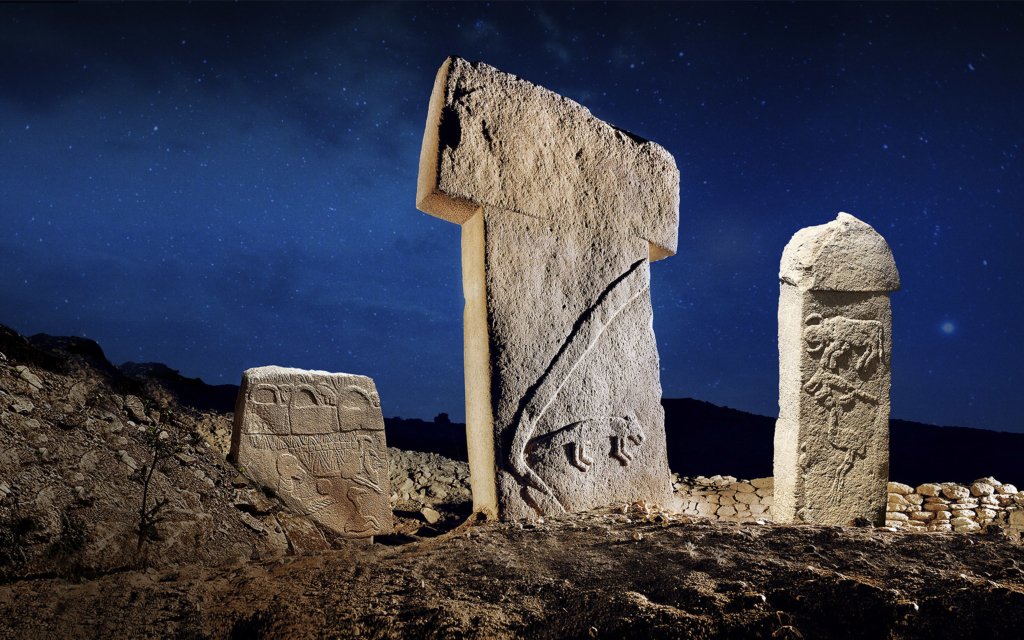
- Urfa castle – built in antiquity, the current walls were constructed by the Abbasids in 814 AD.
- The legendary Pool of Sacred Fish (Balıklıgöl) where Abraham was thrown into the fire by Nimrod. The pool is in the courtyard of the mosque of Halil-ur-Rahman, built by the Kurdish Ayyubids in 1211 and now surrounded by the attractive Gölbaşı-gardens designed by architect Merih Karaaslan. The courtyard is where the fishes thrive. A local legend says seeing a white fish will open the door to the heavens.
- Rızvaniye Mosque – a more recent (1716) Ottoman mosque, adjoining the Balıkligöl complex.
- ‘Ayn Zelîha – A source nearby the historical center, named after Zulaykha, a follower of Abraham.
- The Great Mosque of Urfa was built in 1170, on the site of a Christian church the Arabs called the “Red Church,” probably incorporating some Roman masonry. Contemporary tradition at the site identifies the well of the mosque as that into which the towel or burial cloth (mendil) of Jesus was thrown (see Image of Edessa and Shroud of Turin). In the south wall of the medrese adjoining the mosque is the fountain of Firuz Bey (1781).
- Ruins of the ancient city walls.
- Eight Turkish baths built in the Ottoman period.
- The traditional Urfa houses were split into sections for family (harem) and visitors (selâm). There is an example open to the public next to the post office in the district of Kara Meydan.
- The Temple of Nevali Çori – Neolithic settlement dating back to 8000BC, now buried under the waters behind the Atatürk Dam, with some artefacts relocated above the waterline.
- Göbekli Tepe – The world’s oldest known temple, dated 10th millennium BC (ca 11,500 years ago).

